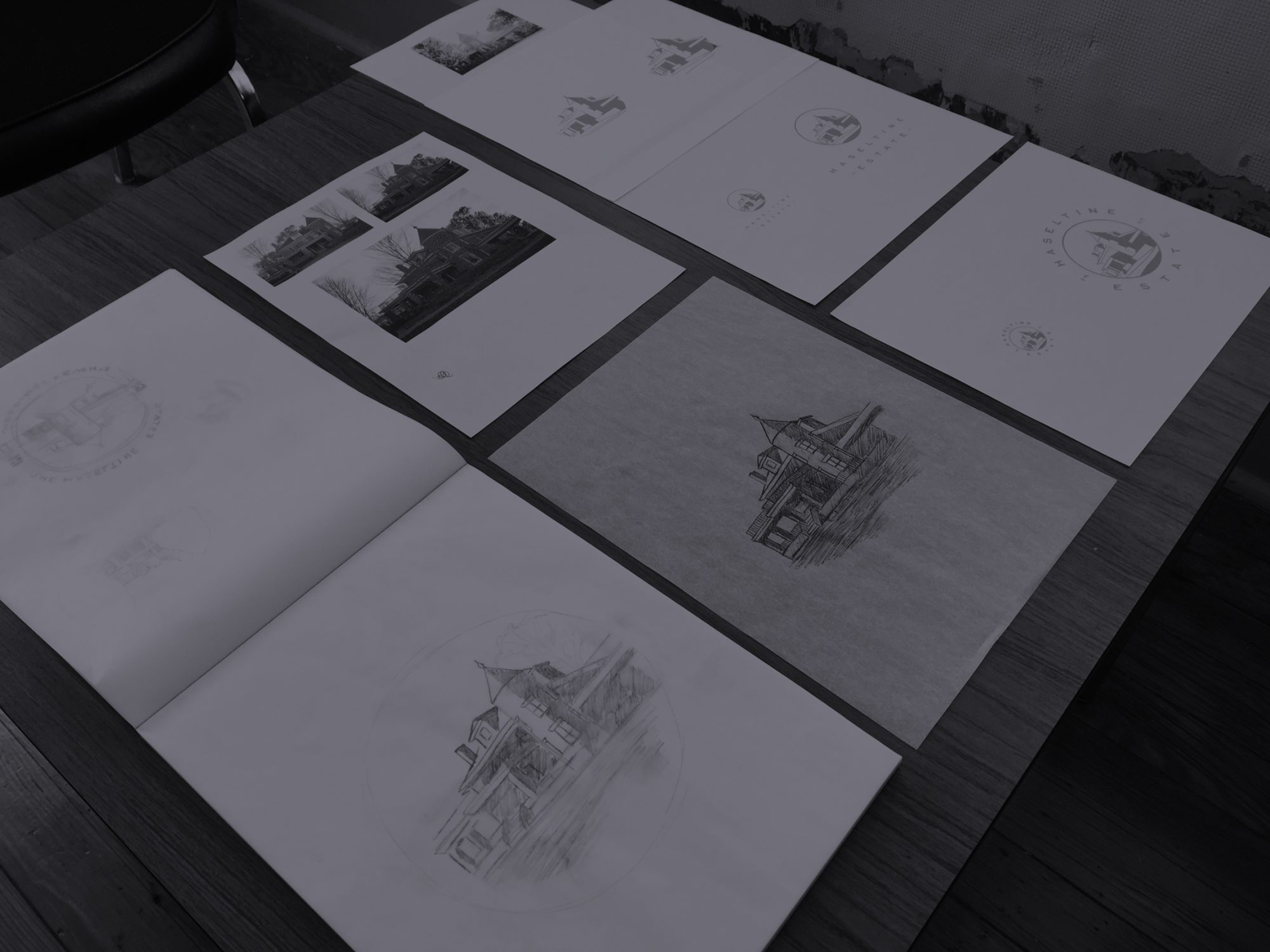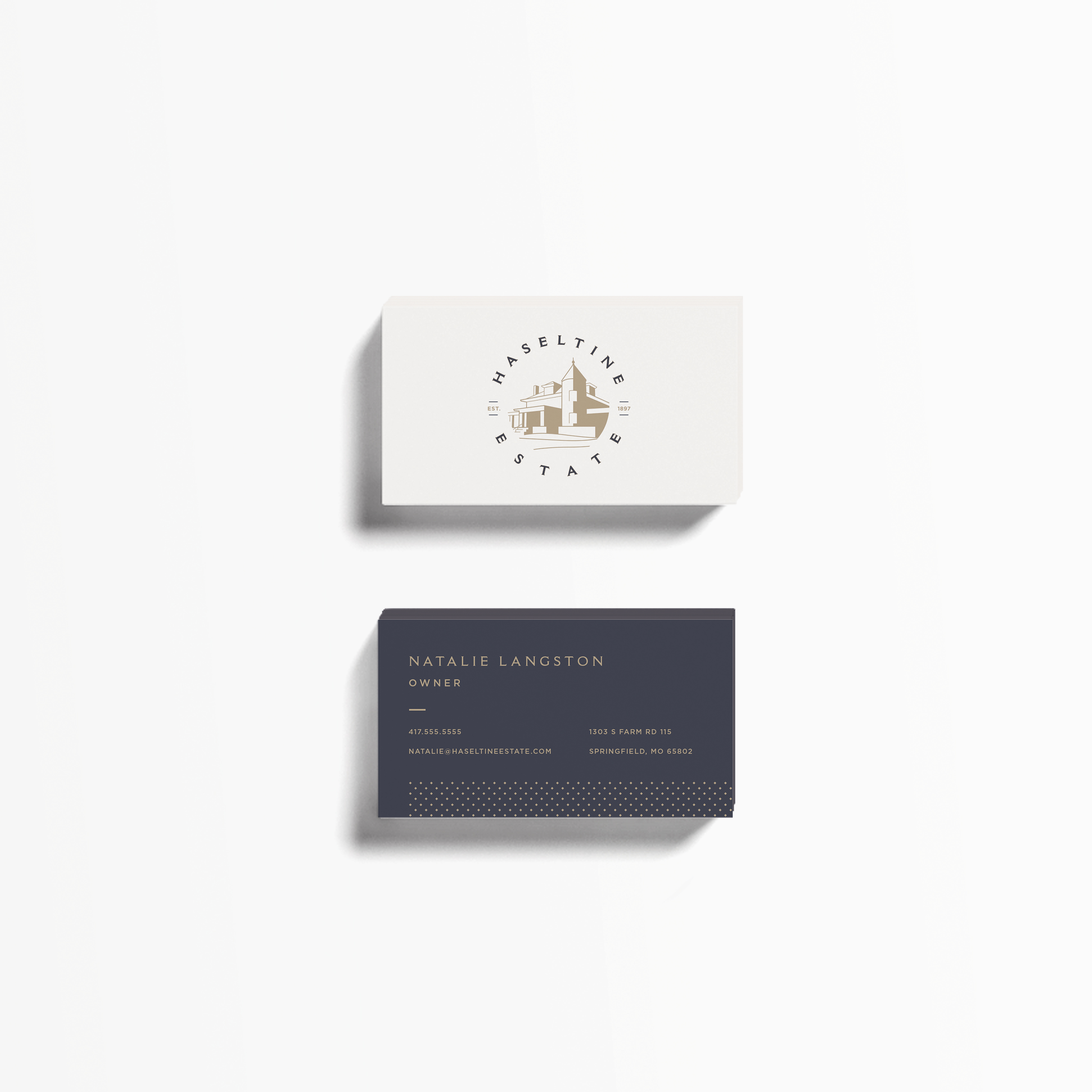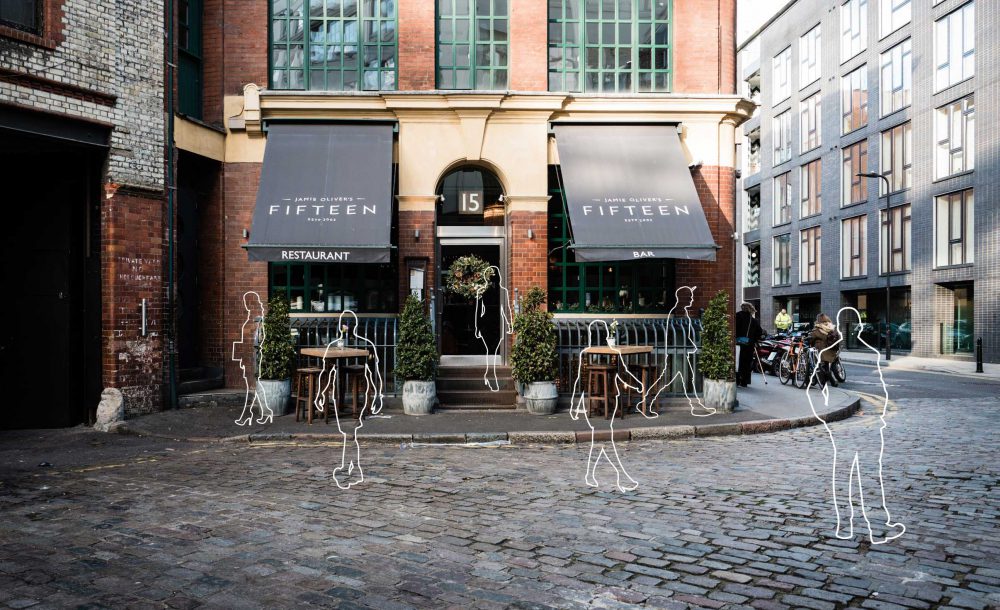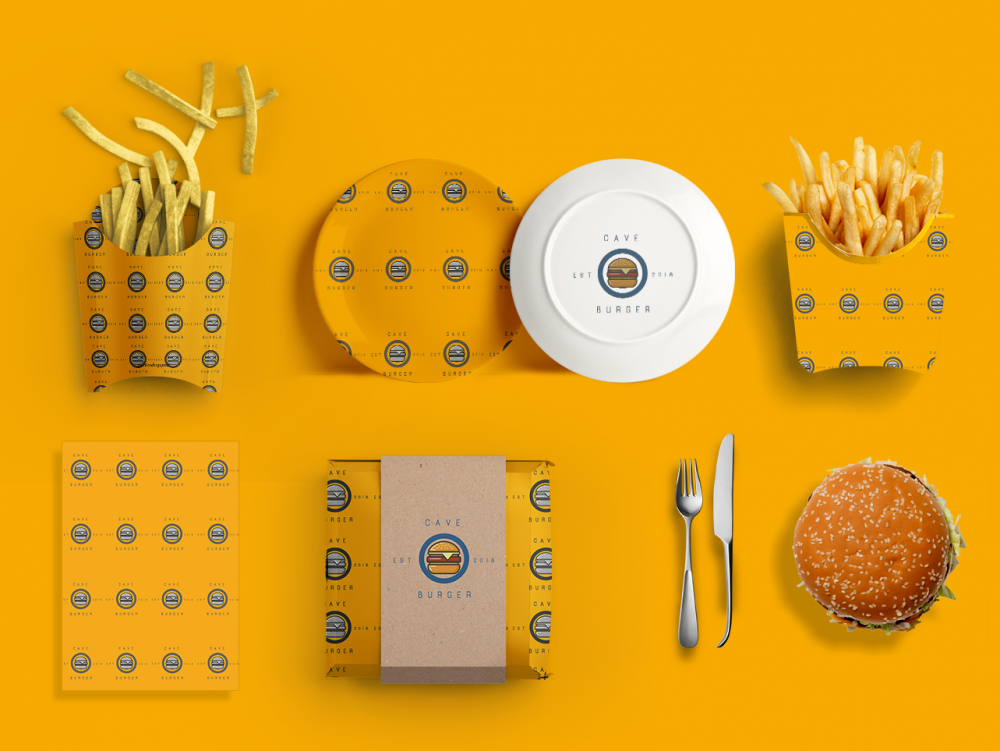Presenting One Concept Vs. Mulitple
February 23, 2016
Dustin Myers
You’ve hired the designer that you trust to bring your vision to life. You’ve gone through the process of uncovering the goals of the project, you’ve given direction on how the design should feel and what it should communicate. Now it’s time to see what the designer has come up with. This is a very exciting meeting for both you and the designer.
By this time, a good designer has tried dozens and probably hundreds of different solutions leading up to the presentation meeting. Now it’s time for you to review the work.
Should the designer present multiple concepts or just one? Which would lead to a better result? In this post, I will explain the problems with presenting multiple concepts explain the reasoning behind Longitude’s approach.
Problems with presenting multiple concepts
Offers inferior work.
The conventional method is to promise to show 3 or 5 or 10 possible concepts and then have the client pick through them. I found in doing this, that of the three I promised to show, one was clearly the best solution and the other two were inferior. I was then obligated to present the inferior designs without being able to back them up with sound reasoning.
Spreads out the good ideas.
Sometimes as a designer, I needed to spread out the good ideas in order to give each concept merit. I would explain that option 1 is good because it does this to meet the goals. Option 2 is good because it does this, and 3 because it does this.
Requires less research and understanding of the goals.
Presenting multiple concepts takes the pressure off of the designer to dig deep and truly understand the needs of the client. Multiple concepts can create a safety net that if one of the concepts isn’t good, the client will have a few other options. When a designer comes to the meeting with one and only one solution, you can be sure that they have fully vetted it against the goals of the project and they have left no stone unturned.
Drags out the process.
Many clients will tell me they know nothing about design and that’s why they’re hiring a professional. It doesn’t make sense then to turn around and require the client to start making design decisions. This is unneeded pressure, draws out the process, and won’t lead to the best result.
Combining multiple concepts creates something ugly.
Many times the feedback/revisions stage can lead to a Frankenstein-like creature with different elements from different concepts pieced together into one design. If a designer is presenting anything less than the best, they are doing you a disservice.
Presenting multiple concepts can make a project much more complicated and leads to an inferior result.
Potential problem with one concept approach
While I am an advocate for the one concept approach, there is one glaring potential problem.
It’s not the right solution.
So what happens if after weeks of work the concept doesn’t meet the needs of the brief? That’s okay! Talk through the areas where it doesn’t meet the goals, and then the designer can go back to the drawing board based on that feedback. As I mentioned before, the design process should include dozens of trials and concepts in the beginning stages and the right solution was probably in there somewhere. Additional feedback and direction from the client will help make that easy to spot.
This happens a very small percentage of the time. The reasons for this have been that we did not uncover all of the goals upfront or received new information after the fact. Eight out of ten times the first concept is on track and is approved with a few revisions.
In closing:
I have adopted the one-concept approach first and foremost because it leads to the best result for the client. My job is to deliver the right solutions and I have seen this approach to be the best for leading to that. A list of happy clients can confirm this.
This approach allows the client to be the expert on their business and their goals and the designer to be the expert in making design decisions.
So when working with Longitude, I will work to uncover all of the goals and needs of a project beforehand. (Read about the process here.) Then at the time of the design presentation meeting, you are going to see the very best solution I have come up with based on your direction and my design expertise. This is not the conventional method, but it has led to outstanding results and happy clients.
What questions are raised in your mind on this topic?
Dustin Myers
Partner, Longitude°
Dustin started the company that would become Longitude°. With a deep focus in creating the methodology and processes that would become known as BrandGPS™. He is always striving to find ways to bring value to those around him and passionately focused on helping solve extremely complex brand challenges.







